The Learning to Harness Innovation in Global Health for Quality Care (HIGH-Q) programme was implemented in the newborn units in Kenyan county hospitals from January 2021 to September 2025. The HIGH-Q Programme focused on neonatal care in low and middle-income countries’ hospitals and explored the inter-relationships between technology adoption, workforce deficits and quality of care, and worked alongside the Newborn Essential Solutions and Technologies (NEST 360°) Programme. Supported by funds from the UK’s National Institute of Health Research (NIHR), the programme was a partnership between the KEMRI-Wellcome Research Programme (KEMRI-W), the University of Oxford and the Kenya Paediatric Research Consortium.
Given the potentially far-reaching impact of the HIGH-Q project findings, there was an imperative to disseminate and communicate the research findings to promote uptake. The HIGH-Q team, in collaboration with the KEMRI-W’s communication department, developed a multi-pronged communication and media strategy that involved: the development of communication tools and platforms to disseminate the research; science communication skills training for the researchers; and media and stakeholder engagement to influence policy uptake.
The strategy aimed to:
1) Communicate research findings in accessible, compelling formats across multiple platforms;
2) Amplify the voice and contribution of human resource in health, specifically in newborn care;
3) Influence policy conversations through evidence-based media and advocacy tools; and
4) Facilitate public and stakeholder dialogue through participatory media initiatives.
A communication plan was developed for a three-month campaign set to culminate in a stakeholder and media engagement event on 15 August 2025, aligning with the International Neonatal Nurses Day — a day dedicated to recognising and appreciating the essential work of neonatal nurses. The campaign focused on targeted messaging co-developed by the research and communication team to highlight what it takes to deliver neonatal care and the challenges counties and their staff face in delivering high-quality care.
To support the media engagement events, the project also undertook a multimedia storytelling workstream involving a portfolio of photographs and short video pieces of New-Born Unit (NBU) activities in different health facilities.
The team enlisted the support of two media consulting firms: Davasha Photography for multimedia storytelling, and Onelens Media for media engagement.
Media Training
The HIGH-Q research team underwent a 3-day training on science communication covering research dissemination, media, stakeholder and policy engagement. The training was facilitated by the KEMRI-W communication team and the Media Council of Kenya. A subsequent intensive media engagement training was carried out involving targeted researchers expected to engage with the media.
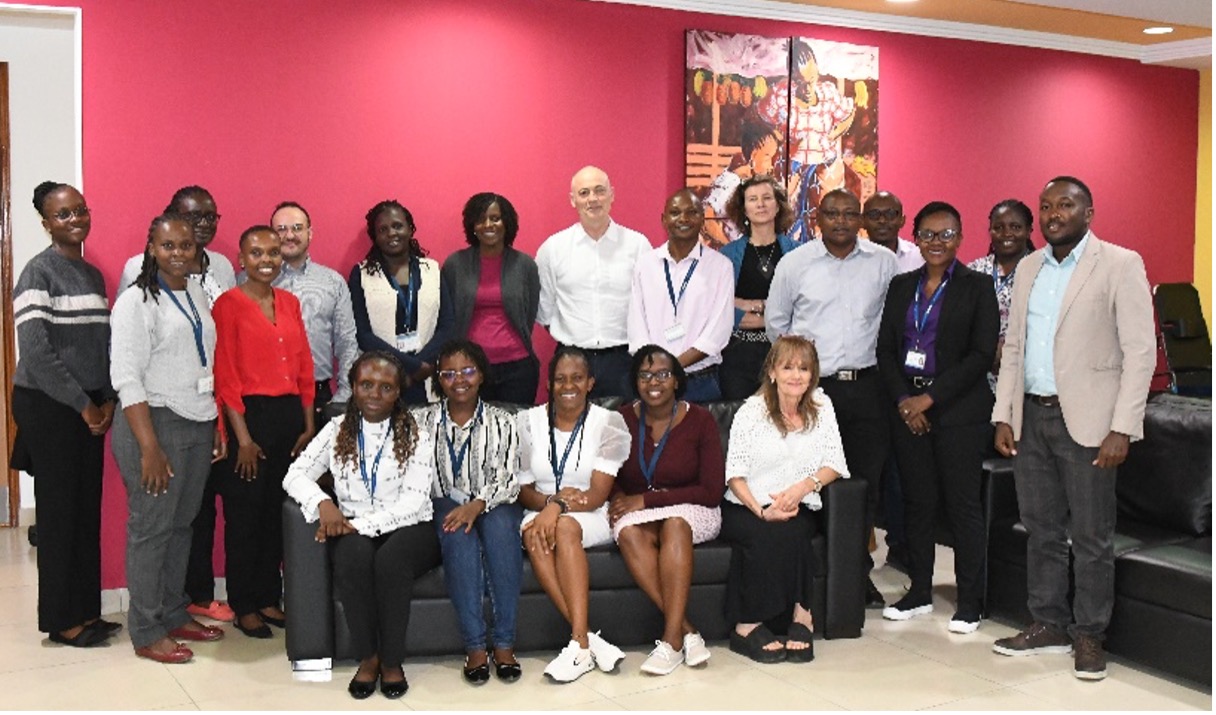
Figure 1: A group photo of participants from the Science Communication training, KEMRI-W Nairobi Office, 2 April 2025
Multimedia Engagement
Multimedia consultancy firm, Davasha Photography, produced a portfolio of photographs and short video clips of NBU activities to describe and articulate day-to-day interactions in health facilities linked to neonatal care. An outcome of this work is shared here. This complemented the media engagement work by providing visuals for the gallery and media toolkit.
Media Engagement Initiative
In the run-up to the 15 August 2025 event, the team developed a media kit including a press release, key messages, and short promotional videos. A consultative session with a Media Advisory Committee helped review and package the media content for dissemination. The media kit was distributed through KEMRI-W’s media lists and WhatsApp platform for Nairobi-based journalists.
The Stakeholder & Media Engagement event on 15 August 2025 raised national awareness of neonatal care challenges, showcased frontline nursing experiences, and catalysed multi-sectoral support for maternal and newborn health outcomes. The one-day event included stakeholder roundtables, a livestreamed townhall, press conference, and media engagement at a Nairobi hotel.
a) Gallery Walkthrough
Summarised key messages for a lay audience using printed posters that focused on emotive messages, contrasting with scientific poster formats.
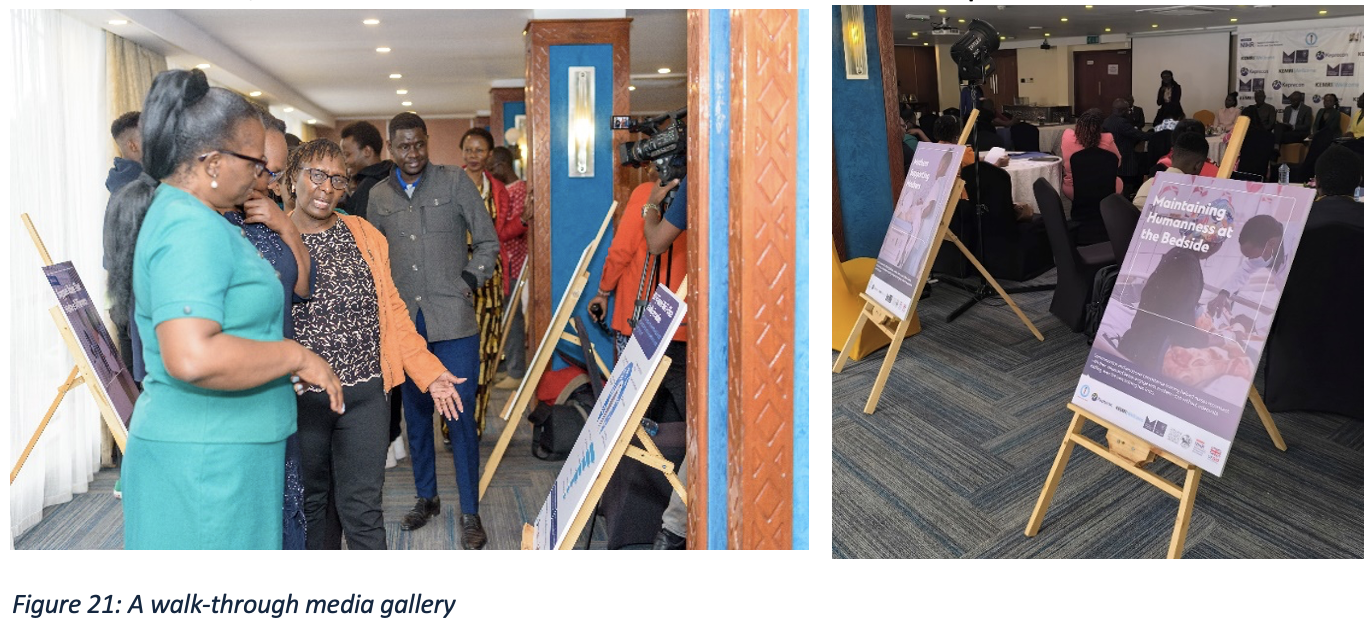
b) Media Engagement
Included a press briefing for 48 journalists across TV, radio, print and digital platforms, and a WhatsApp media toolkit distribution.
c) Livestreamed Townhall
Featured a nurse, mother, and HIGH-Q researchers, with an interactive Q&A hosted by Nation Media Group, engaging over 800 virtual participants.
d) Podcasts
Two podcast episodes were distributed via the Afripods platform, One Health Lens podcasts, and Nation Media Group’s channels.
e) Stakeholder Roundtable
Convened 35 participants including Ministry of Health officials, county departments, paediatricians, nursing leadership, frontline workers, and patient associations.
Print Media Articles
Twenty-five articles were published across national and regional outlets such as: Daily Nation, The Standard, Health Business, Eastleigh Voices, Capital Business, and AVDelta News.
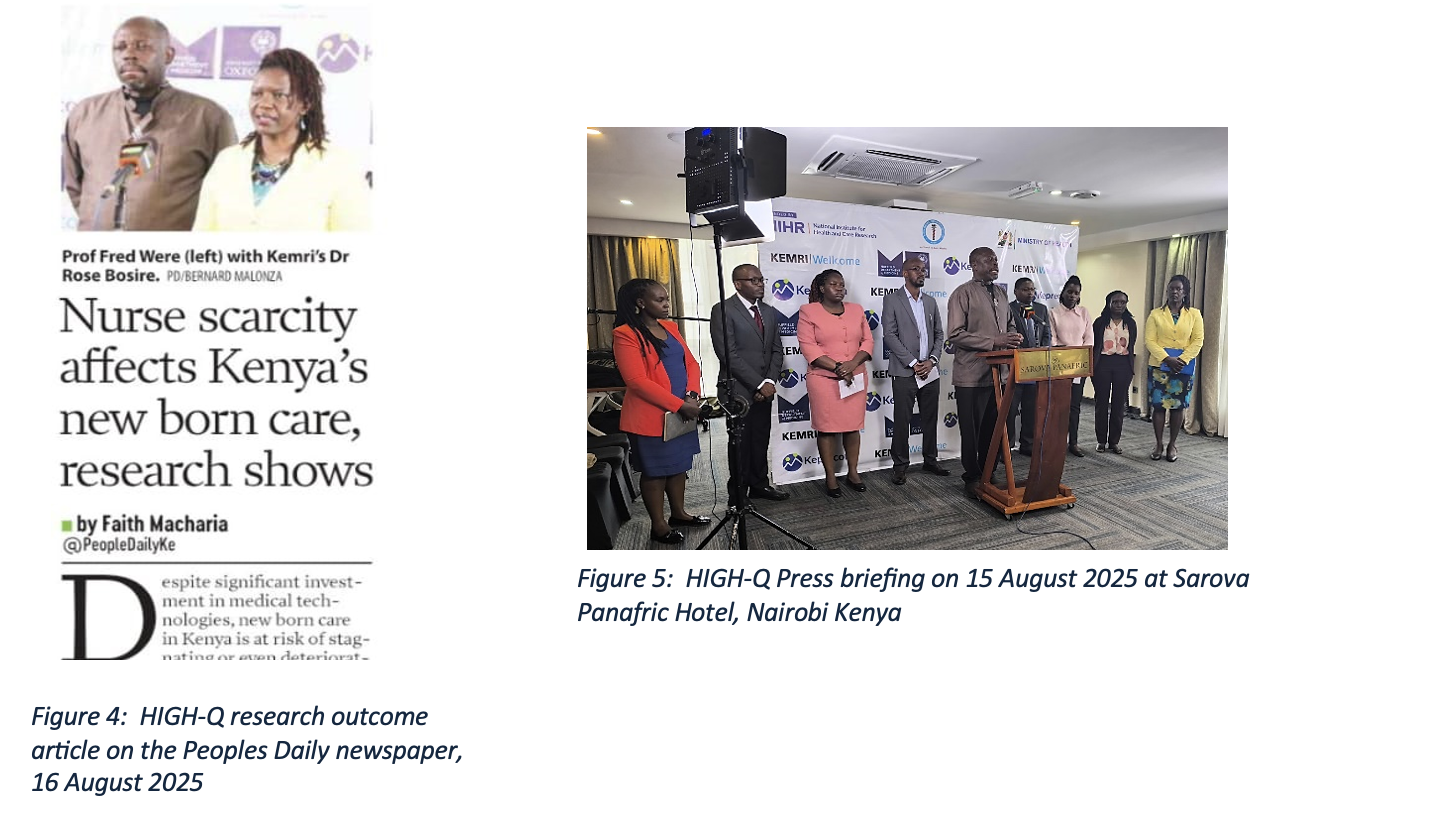
Radio Programme (Standard Media Group x KEMRI-W)
The campaign leveraged an existing collaboration with the Standard Media Group to feature HIGH-Q researchers in TV and radio shows. See updates below:
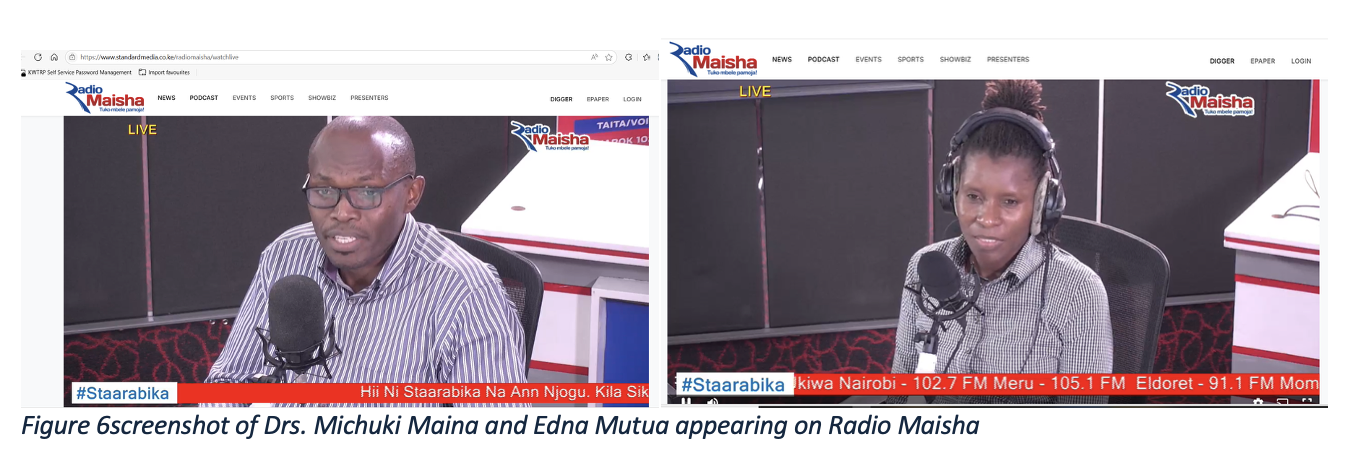
Social Media Campaign
The HIGH-Q social media campaign gained significant visibility and engagement — over 24,000 LinkedIn impressions (8.42% engagement rate) and 12,500+ views on X (Twitter). Videos and event-related content performed best, showing strong audience preference for interactive and real-time updates.
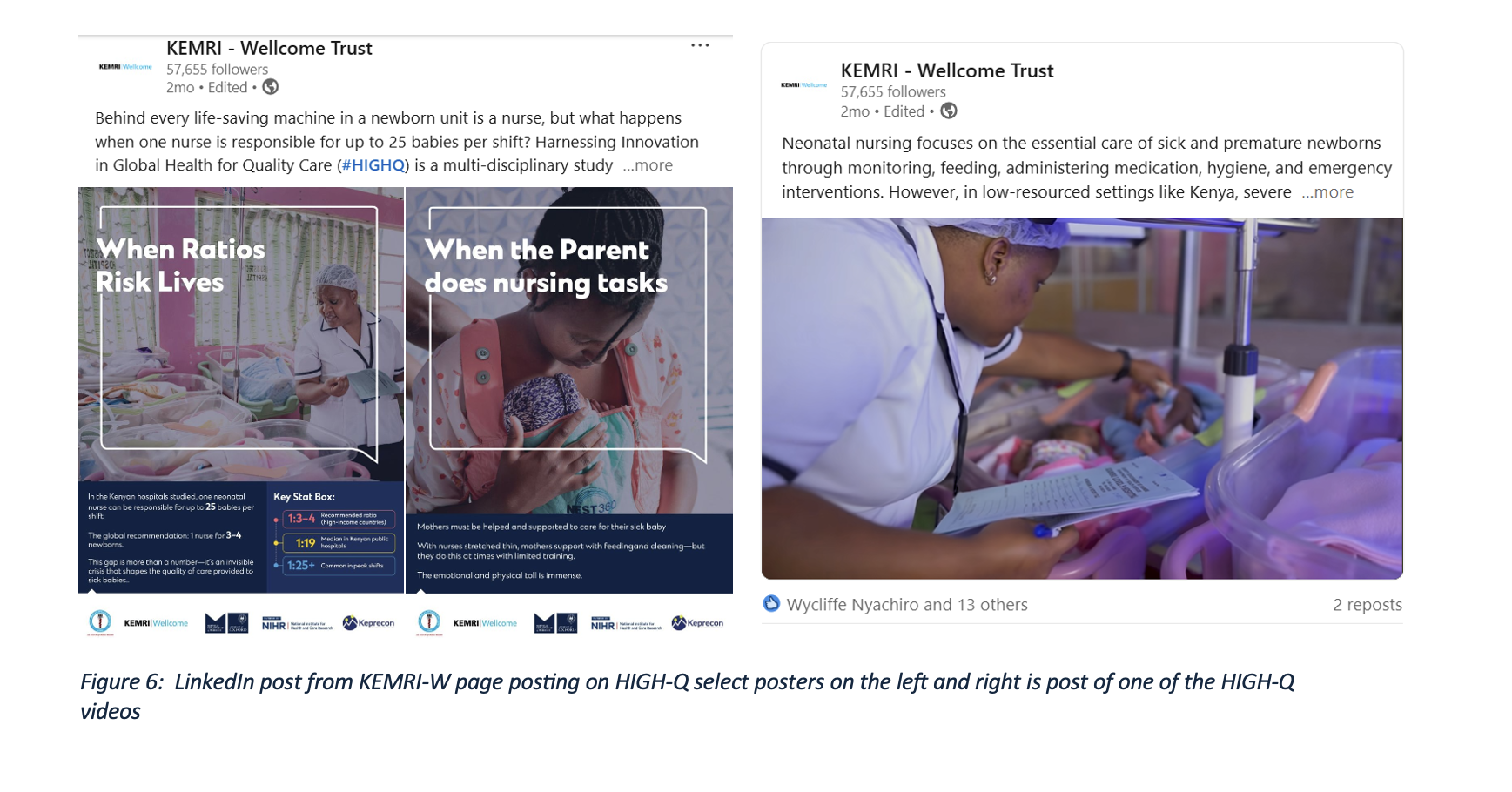 Media Engagement Outcomes
Media Engagement Outcomes
The HIGH-Q Stakeholder and Media Engagement Project achieved wide media coverage, policymaker engagement, and over 3 million integrated media reach. It amplified HIGH-Q research findings and positioned the KEMRI-Wellcome, Keprecon and University of Oxford partnership as leading voices on neonatal health policy and practice.

Please Sign in (or Register) to view further.